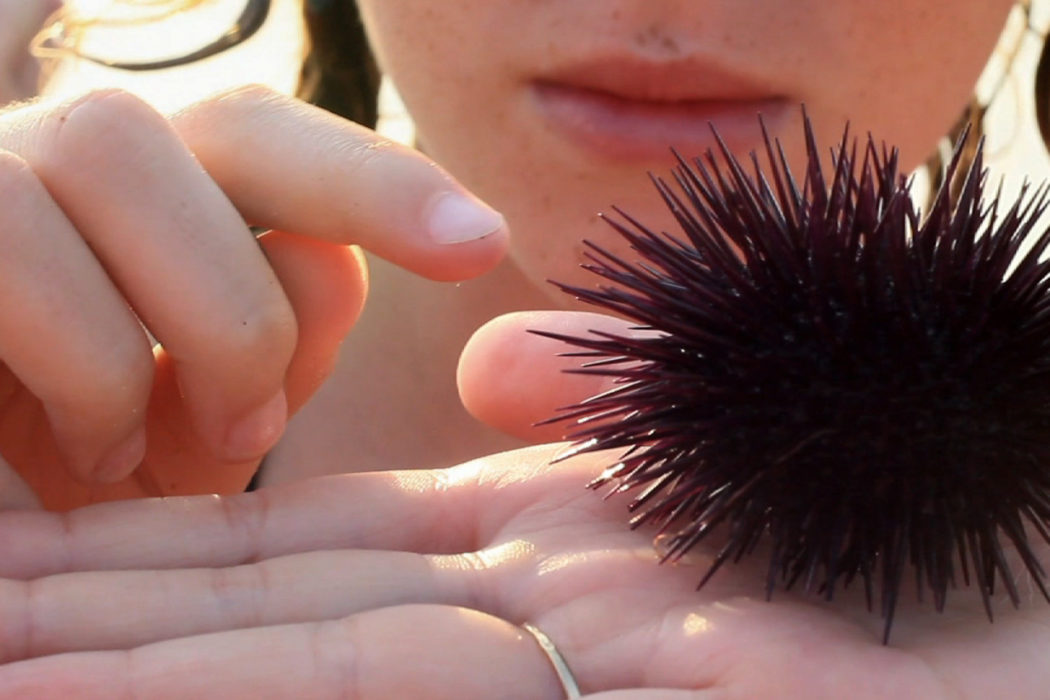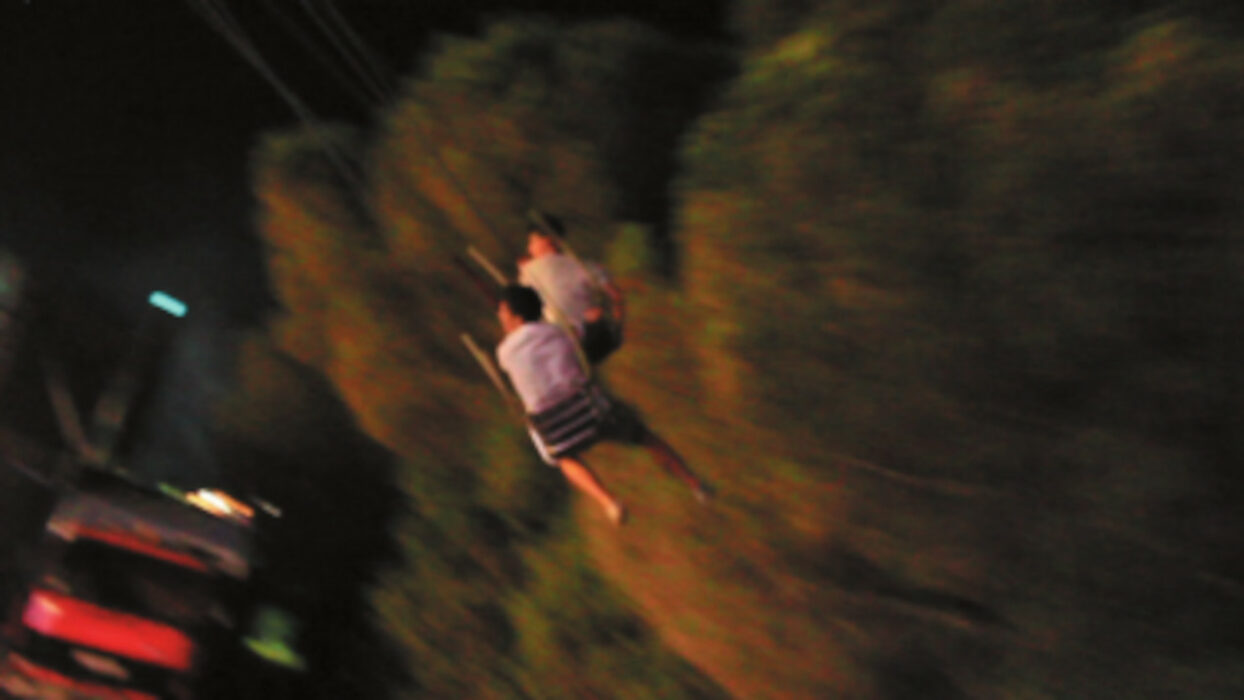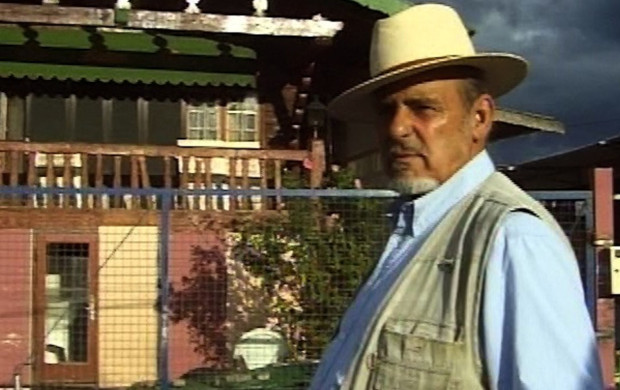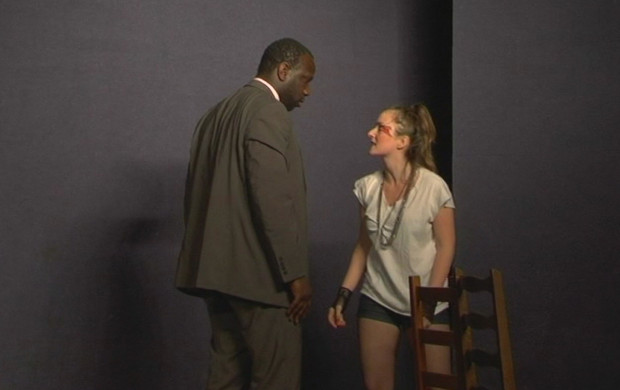Doux amer
Who, at some point, hasn’t had the following nightmare: “The doctor rang me one morning… I feel bad. Can you be more precise? I’m afraid.” Matthieu Chatellier begins filming his day-to-day life when, at the age of 33, he learns he has diabetes. The result is a film that is simultaneously part a love-letter, a medical documentary and a home movie. It is also a will, but a paradoxical one. Because if sugar is eating away his insides “as sea water erodes the carcass of a ship”, death is far from certain. So the story swings between tragedy and comedy, between a daily life contaminated by new rituals and the rhythmic breathing of shots that seemingly make no sense, like the teenagers at a fun fair near the stand selling candyfloss (now on the list of forbidden foods). In this filmic scrapbook humming with a creativity that is seemingly enhanced by anxiety, dreams are narrated using the cut-out figures lit by a torch. The changing narration–sometimes entrusted to a toy parrot that talks–makes Doux amer sway between the opposite poles of its title. The filmmaker’s sudden attention to his own body modifies the way that he looks at his wife and daughters. From the white hair to the wobbly teeth, the bodies so dear now seem so vulnerable. What, if not love, can keep our pile of corruptible organs in one piece?
Charlotte Garson
Cécile Lestrade; Alter Ego Production; TV Tours
Matthieu Chatellier
Matthieu Chatellier




